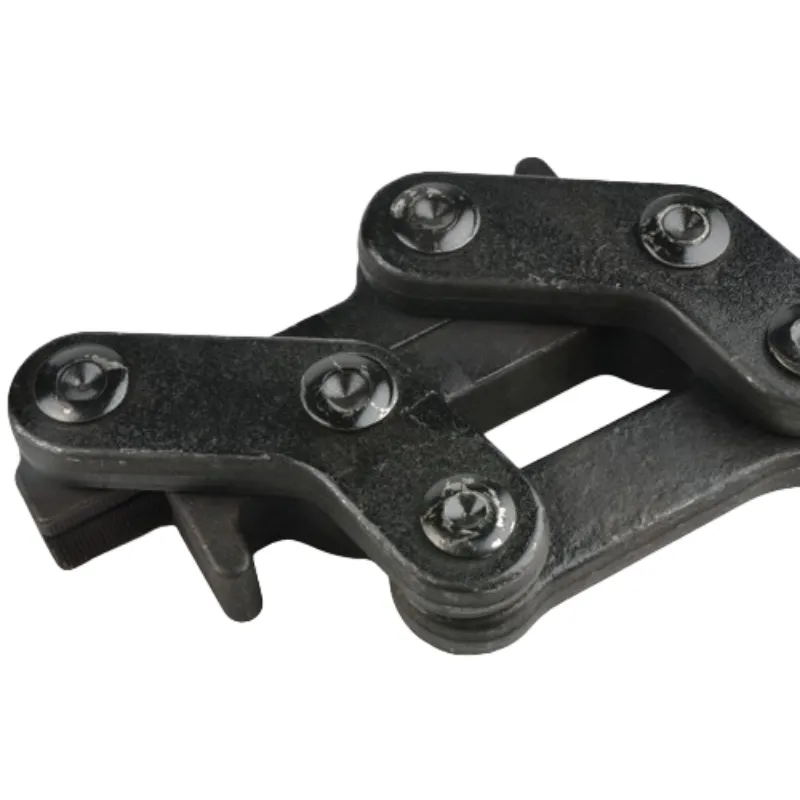
-
 Afrikaans
Afrikaans -
 Albanian
Albanian -
 Amharic
Amharic -
 Arabic
Arabic -
 Armenian
Armenian -
 Azerbaijani
Azerbaijani -
 Basque
Basque -
 Belarusian
Belarusian -
 Bengali
Bengali -
 Bosnian
Bosnian -
 Bulgarian
Bulgarian -
 Catalan
Catalan -
 Cebuano
Cebuano -
 Corsican
Corsican -
 Croatian
Croatian -
 Czech
Czech -
 Danish
Danish -
 Dutch
Dutch -
 English
English -
 Esperanto
Esperanto -
 Estonian
Estonian -
 Finnish
Finnish -
 French
French -
 Frisian
Frisian -
 Galician
Galician -
 Georgian
Georgian -
 German
German -
 Greek
Greek -
 Gujarati
Gujarati -
 Haitian Creole
Haitian Creole -
 hausa
hausa -
 hawaiian
hawaiian -
 Hebrew
Hebrew -
 Hindi
Hindi -
 Miao
Miao -
 Hungarian
Hungarian -
 Icelandic
Icelandic -
 igbo
igbo -
 Indonesian
Indonesian -
 irish
irish -
 Italian
Italian -
 Japanese
Japanese -
 Javanese
Javanese -
 Kannada
Kannada -
 kazakh
kazakh -
 Khmer
Khmer -
 Rwandese
Rwandese -
 Korean
Korean -
 Kurdish
Kurdish -
 Kyrgyz
Kyrgyz -
 Lao
Lao -
 Latin
Latin -
 Latvian
Latvian -
 Lithuanian
Lithuanian -
 Luxembourgish
Luxembourgish -
 Macedonian
Macedonian -
 Malgashi
Malgashi -
 Malay
Malay -
 Malayalam
Malayalam -
 Maltese
Maltese -
 Maori
Maori -
 Marathi
Marathi -
 Mongolian
Mongolian -
 Myanmar
Myanmar -
 Nepali
Nepali -
 Norwegian
Norwegian -
 Norwegian
Norwegian -
 Occitan
Occitan -
 Pashto
Pashto -
 Persian
Persian -
 Polish
Polish -
 Portuguese
Portuguese -
 Punjabi
Punjabi -
 Romanian
Romanian -
 Russian
Russian -
 Samoan
Samoan -
 Scottish Gaelic
Scottish Gaelic -
 Serbian
Serbian -
 Sesotho
Sesotho -
 Shona
Shona -
 Sindhi
Sindhi -
 Sinhala
Sinhala -
 Slovak
Slovak -
 Slovenian
Slovenian -
 Somali
Somali -
 Spanish
Spanish -
 Sundanese
Sundanese -
 Swahili
Swahili -
 Swedish
Swedish -
 Tagalog
Tagalog -
 Tajik
Tajik -
 Tamil
Tamil -
 Tatar
Tatar -
 Telugu
Telugu -
 Thai
Thai -
 Turkish
Turkish -
 Turkmen
Turkmen -
 Ukrainian
Ukrainian -
 Urdu
Urdu -
 Uighur
Uighur -
 Uzbek
Uzbek -
 Vietnamese
Vietnamese -
 Welsh
Welsh -
 Bantu
Bantu -
 Yiddish
Yiddish -
 Yoruba
Yoruba -
 Zulu
Zulu


Nov . 10, 2024 18:26 Back to list
Understanding the Benefits of Rotating Power Connectors in Modern Technology
The Evolution and Significance of Rotating Power Connectors
In today’s fast-paced technological landscape, the need for efficient power connections has never been more critical. One of the most innovative solutions to this requirement is the rotating power connector, a device that has transformed how we manage power in various applications, ranging from industrial machinery to consumer electronics.
Rotating power connectors, often designed to accommodate 360-degree rotation, are specialized electrical connectors that allow for flexible attachment while maintaining a robust power transfer. Unlike traditional connectors that can restrict movement, these devices offer the unique advantage of rotation, enabling users to manage cables and connections without the hassle of tangles or stress on the cords. This flexibility is particularly beneficial in environments where machinery is in constant motion or where positioning is dynamic, such as in robotics or automotive applications.
The design of rotating power connectors typically includes a series of conductive rings and brushes, which facilitate a reliable electrical connection regardless of the connector's position. This engineering breakthrough has opened the door to a myriad of applications. For instance, in broadcasting and telecommunications, rotating power connectors ensure uninterrupted power supply to rotating antennas and cameras, thereby facilitating seamless operations. Similarly, in manufacturing, these connectors are integral to the operation of robotic arms, where nuanced movement and consistent power supply are crucial for precision tasks.
As industries continuously seek to improve efficiency and minimize downtime, the demand for rotating power connectors is rising. Their ability to reduce wear and tear on cables and connectors — often a significant issue in traditional setups — helps extend equipment lifespan and lower maintenance costs. Furthermore, by reducing friction and promoting smoother motion, rotating connectors can optimize performance in high-stakes environments.
rotating power connector

Another vital consideration is safety. Rotating power connectors are designed with safety mechanisms that prevent accidental disconnection or short circuits, providing peace of mind in critical applications. This level of reliability is especially important in industries such as aerospace and medical technology, where failure can have severe consequences.
The materials used in the construction of rotating power connectors also play a significant role in their effectiveness. High-quality metals and insulating materials are essential to ensure durability and performance under varying environmental conditions. These connectors are engineered to withstand not only mechanical stress but also extreme temperatures, humidity, and corrosive conditions, ensuring that they function reliably in diverse settings.
Moreover, with the increasing push for sustainability, manufacturers of rotating power connectors are adapting their designs to be more environmentally friendly. Innovations such as recyclable materials and energy-efficient designs are gaining traction. This shift not only aligns with global sustainability goals but also appeals to a growing demographic of environmentally conscious consumers and businesses.
In conclusion, rotating power connectors stand as a testament to the innovative spirit in modern engineering. Their ability to combine flexibility, reliability, and safety makes them indispensable in numerous applications across various industries. As technology continues to evolve, these connectors will likely play an even more significant role, helping to delineate the future of power management, ensuring that devices and machines operate seamlessly and efficiently. Through ongoing advancements and innovations, rotating power connectors will undoubtedly remain at the forefront of electrical connectivity solutions, empowering the technological advancements of tomorrow with robust, creative, and sustainable designs.
Latest news
What Are Construction Tools and How Are They Used?
NewsJul.11,2025
Professional-Grade Duct Rodding Tools for Superior Cable Installation
NewsJul.11,2025
Enhancing Safety and Efficiency with Modern Hot Stick Solutions
NewsJul.11,2025
Empowering Cable Installation with Advanced Rodder Solutions
NewsJul.11,2025
Elevate Your Cable Installation Projects with Cable Pulling Tools
NewsJul.11,2025
Efficient Cable Handling Solutions: Cable Rollers for Sale
NewsJul.11,2025











